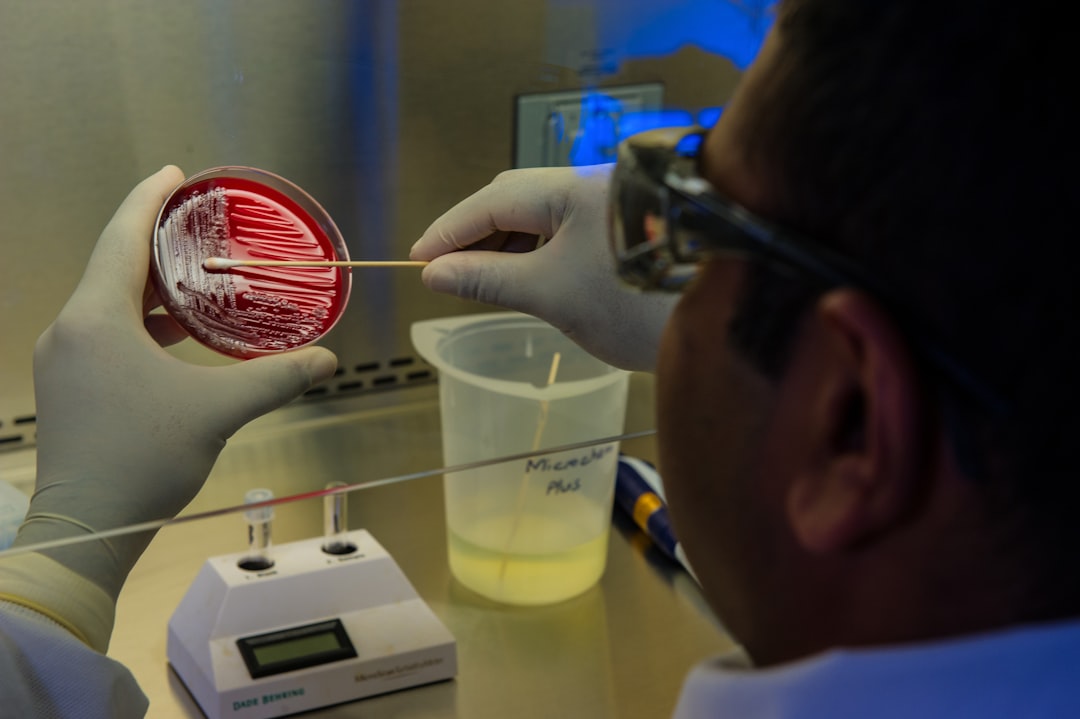What is it about?
Cells in the early embryo use the ratio of the amount of DNA (which increases in proportion to the number of cells) to the amount of other stuff (which is constant) to measure when they have made enough cells to start patterning the embryo into different tissue types (and expressing the genes that go with). We wanted to know if individual genes were directly sensing how much DNA the embryo had made or if the correlation was due to other changes that happen at the same time. We found that although not all genes are the same, some genes are in fact able to directly tell how much DNA has been made!
Featured Image

Photo by Paweł Czerwiński on Unsplash
Why is it important?
Understanding how cells balance making enough cells to build our bodies with specifying those cells into specific cell fates (intestine vs muscle for example) is a hugely important question in biology. Mistakes in the choice between making more cells and telling those cells what to become underlie both cancer and ageing. So many things change so quickly during the formation of an embryo that it can be very hard to untangle what causes what. We took advantage of cutting edge imaging tools to look into this critical point in development in unprecedented detail.
Perspectives
This is the first of what I hope will be a long term collaboration between my lab and the Lim lab. It was a joy to work together with another junior female professor on this project!
Amanda Amodeo
Dartmouth College
Read the Original
This page is a summary of: The nuclear to cytoplasmic ratio directly regulates zygotic transcription in
Drosophila
through multiple modalities, Proceedings of the National Academy of Sciences, March 2021, Proceedings of the National Academy of Sciences,
DOI: 10.1073/pnas.2010210118.
You can read the full text:
Contributors
The following have contributed to this page










